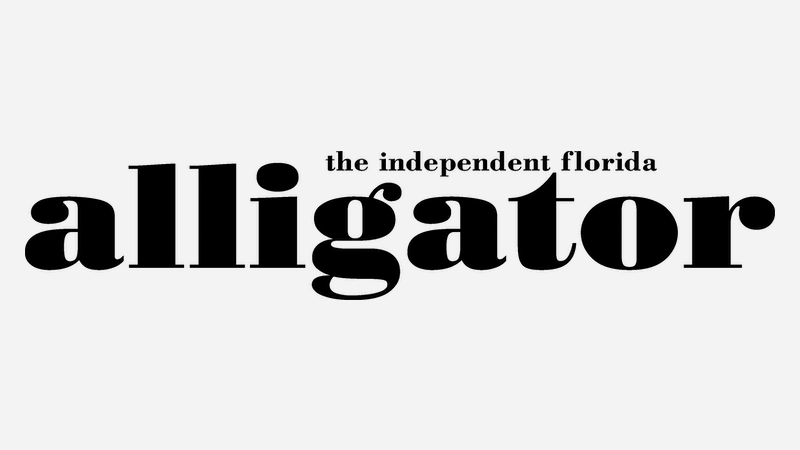Three words can sum up the growing trend of digital fabrication: This changes everything.
three-dimensional printing, or additive manufacturing, is the method of making a solid 3-D object from a digital scan or file.
Using an additive process known as stereolithography, plastic or rubber is laid down layer by layer and held together by a support material, which is later removed.
The end result is a 3-D figure printed to the file’s specifications.
It may seem like science fiction, but it’s a technology that’s being rapidly adopted throughout multiple industries including at UF.
UF’s digital fabrication lab, the A2 Fab Lab, is a collaboration between the School of Architecture and the School of Art and Art History, and houses technologies including laser cutters, 3-D printers and scanners.
Three-D modeling is being adopted by artists in every discipline, from sculpting to painting and is a trend that Jack Stenner, a School of Art and Art History associate faculty member in the A2 Fab Lab, says is here to stay.
“From an artist’s standpoint, some of the things that can be done with digital fabrication have been done manually for centuries,” Stenner said. “Now that we have the capability to digitize just about anything, it just makes more sense to do it using the computer.”
A2 Fab Lab Coordinator Mathew Chandler said the possibilities are endless.
“They’re 3-D printing parts that go in your airplanes, they’re printing entire cars from the engine to the actual wheels to everything. They’re 3-D printing chocolate, they’re 3-D printing organs, they’re 3-D printing everything,” he said.
But why use this technology instead of manufacturing methods that have been in place for decades?
“They are now able to create things that are lighter and stronger than they ever could before. 3-D printing provides a manufacturing process that is different in extrusion and mold making than other previous processes, so it’s better and more efficient,” Chandler said. “It’s really just going to transform everything.”
UF students outside the colleges of architecture and fine arts have the opportunity to embrace this emerging technology through a School of Art and Art Technology course.
“The digital fabrication class started out only open to College of Fine Arts students and Design, Construction and Planning students,” Stenner said. “In the last year, we’ve gotten to the point where we can open it up to the whole campus.”
For students who are interested in learning more about digital fabrication but are unable to take the course for credit, joining the new Fab Lab Club is an option.
Started last month by Chandler, the club is open to all UF students with an interest in digital fabrication. The club makes art to displayaround campus and functional items such as multipurpose eating utensils for the homeless.
“We’re just trying to use our technology to do cool, simple, easy things that are cheap but help other people,” Chandler said.
To find out more about the A2 Fab Lab, digital fabrication class or the Fab Lab Club, visit www.arts.ufl.edu/aafablab/.



